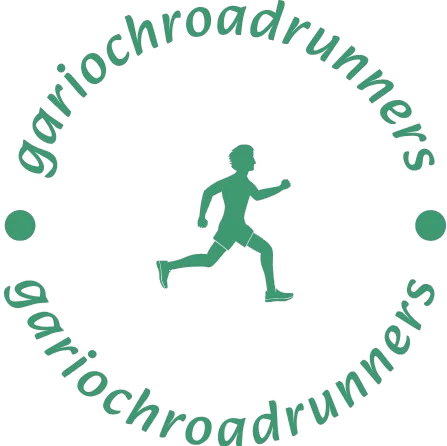When deciding to run in a race, one of the biggest questions is: How to choose the right race distance? With so many options, it can be difficult to pick the one that best suits your abilities and goals. In this post, we’ll guide you through how to make the right choice, whether you’re a beginner or an experienced runner. We’ll look at different race distances, how to prepare for each one, and how to ensure you choose the right race distance for your personal journey.
Understand Your Current Fitness Level
Start with Your Experience
Before choosing a race distance, it’s important to evaluate your current fitness level. If you’re new to running, it’s best to start with a shorter race, like a 5K. For experienced runners, you might be ready to tackle longer distances, such as a half marathon or marathon.
How to Assess Your Fitness Level
Think about how much running you’re already doing. Have you been running for several weeks or months? Can you comfortably run 2 to 3 miles? These are good indicators of your fitness level. If you’re just starting out, don’t rush into a long race distance. Start small and work your way up.

Set Clear Goals
What Do You Want to Achieve?
Another important factor in how to choose the right race distance is your goals. Ask yourself: Why do you want to race? Are you aiming to complete a race for fun or are you looking to challenge yourself? Setting clear goals will help you decide which distance is right for you.
Goals for Beginners
If you’re new to running, your goal may be to simply finish the race without walking. In this case, a shorter race like a 5K is perfect. If your goal is to run faster or increase endurance, you might want to work your way up to a 10K or half marathon.
Goals for Experienced Runners
For more experienced runners, your goals might include setting a personal best time or completing a marathon. Longer races, such as a half marathon or marathon, require more training but offer a great challenge for those who are already accustomed to running.
Consider Your Time Commitment
Training Time
Training for a race requires a time commitment, especially for longer distances. How to choose the right race distance also depends on how much time you can realistically dedicate to training. Shorter races, like a 5K or 10K, typically require less training than a marathon.
Planning Your Training Schedule
If you have a busy schedule, a shorter race may fit into your life better. For longer races, such as a marathon, you’ll need to commit to a more intense training plan, which may require you to run several times a week for a few months.
Think About Your Health and Injury History
Listen to Your Body
Your physical health is an important consideration when choosing the right race distance. If you’ve had past injuries or health issues, it’s essential to choose a distance that won’t put too much strain on your body. Always listen to your body and avoid pushing yourself too hard.
How to Prevent Injuries
If you’re concerned about injury, focus on shorter races and build your endurance over time. Proper warm-ups, stretching, and strength training can help you avoid injuries. Talk to a doctor or physical therapist if you have concerns about your ability to handle a particular race distance.
Take Weather and Terrain into Account
Weather Conditions
The weather on race day can also play a big role in your decision. For example, running a marathon in hot weather might be more difficult for beginners than running a shorter race. On the other hand, if the weather is cool, a longer race may be more manageable.
Terrain and Elevation
Also, consider the terrain and elevation of the race course. If you’re training for a marathon or half marathon, look for a race with a flatter course if you’re new to long-distance running. Hilly courses are more challenging and require extra endurance training.
Types of Races to Consider
5K Races
The 5K race is one of the most popular and beginner-friendly distances. It’s perfect if you’re new to running or want to test your speed. It’s short enough for beginners but still offers a fun challenge.
Training for a 5K
Training for a 5K typically involves running 3 times a week, with a mix of long runs and speed workouts. This race is ideal if you’re looking for a quick, exciting challenge.
10K Races
A 10K is twice the distance of a 5K and is perfect for runners who are ready to take on a little more challenge. It’s still a manageable distance for most, but requires more stamina and training.
Training for a 10K
Training for a 10K usually includes running about 4 times a week, with one long run each week. You’ll need to build up your endurance but the reward is worth it.
Half Marathon and Marathon
Half marathons and marathons are for more experienced runners. These longer races require careful preparation, including a structured training plan, proper nutrition, and pacing strategies.
Preparing for Longer Distances
Training for a half marathon or marathon requires months of preparation. You should increase your weekly mileage gradually to avoid injury and build endurance.
Conclusion
So, how to choose the right race distance? Start by assessing your fitness level, setting clear goals, considering your time commitment, and thinking about your health. Once you’ve evaluated these factors, you’ll be able to choose the perfect race distance for you. Whether it’s a 5K or a marathon, the most important thing is to enjoy the journey and celebrate your progress along the way. Choose the race that fits your current situation and start training—soon, you’ll be crossing that finish line!











